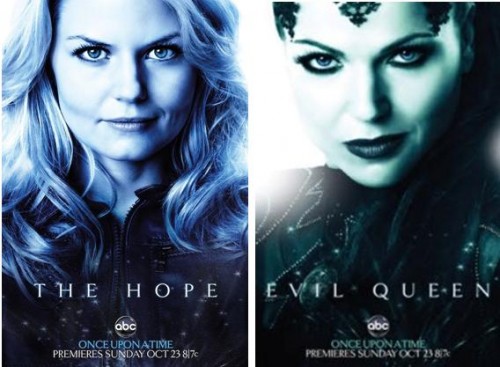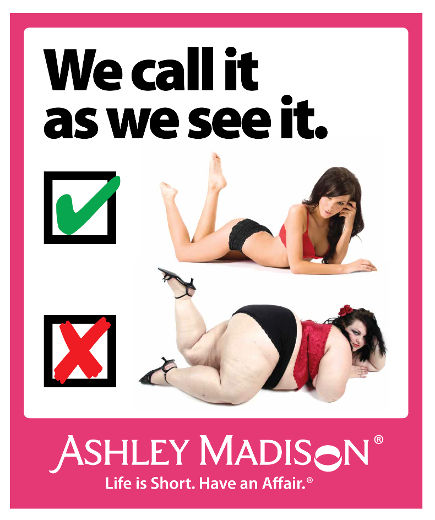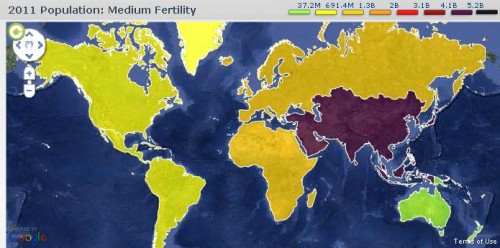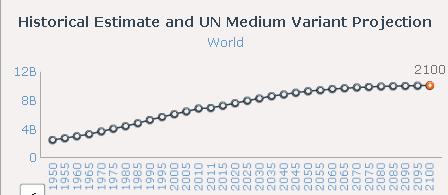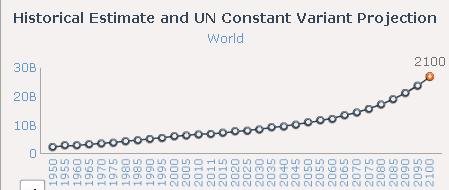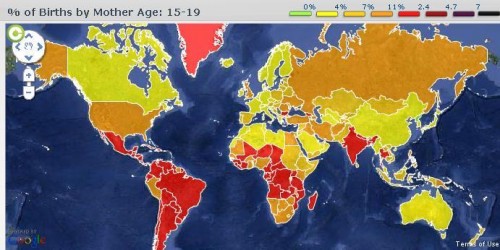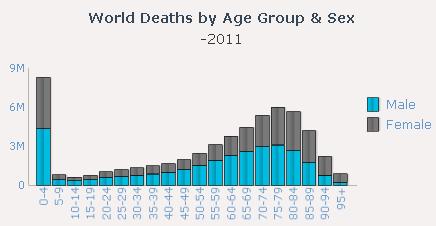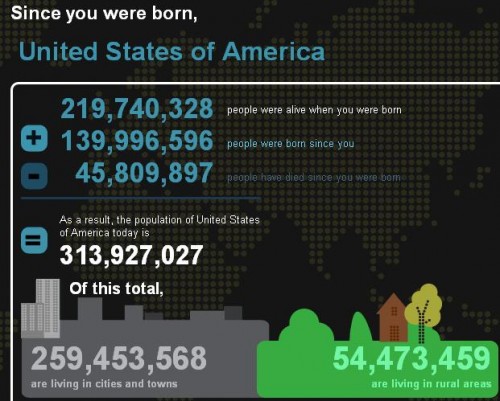Adoption is a complicated system that both builds and separates families, frequently across lines of social privilege. It involves ideas about who society believes should be parents and under what conditions we believe children should be raised. And, as adoption becomes more open, it also becomes a lifelong process of constantly redefining family. Unsurprisingly, most television representations fall short of representing adoption with the nuance it deserves. Many, such as Glee, Parenthood, 16 and Pregnant, and Teen Mom, present problematic portrayals of adoption.
ABC’s Once Upon a Time involves dual plotlines: one story evolving in fairytale-land, the other taking place in Storybrooke, Maine, where fairytale characters are trapped and unaware of their past identities. While the series’ story arc is extremely complicated, suffice it to say that the main character is a birth mother, Emma, whose son was adopted by Regina. Regina, is — quite literally — the Evil Queen, poised to do epic battle with Emma. Regina actively threatens and insults Emma in her attempt to exclude her from their shared son’s life; Emma, who is presented as the hero, blatantly ignores Regina’s wishes and develops a secretive relationship with Henry:
The message is clear: birth and adoptive parents are opposing parties, with a child’s attachment to one serving as a threat to the other. Representations such as these make open adoption, or any type of cooperative and supportive relationship between the parents, seem like such an oddity, even as it becomes more of the norm within adoption communities.
In the video, Regina presents Emma as an unfit mother who cavalierly “tossed him away,” leaving her to do the hard work of parenting. Her remark, “who knows what you’ve been doing,” further presents Emma as unfit, presumably living a lifestyle that precludes her from any claim as a loving mother.
However, on a more recent episode, Once Upon a Time delved into explored adoption from a bit of a different angle. Emma assisted a character who was being coerced into giving her child up for adoption. Despite the many layers and plot devices, this example is one of very few mainstream media representations of a manipulative adoption. Ashley is told she can’t parent, that she shouldn’t parent, that her daughter would have a better life if someone else parented her; ultimately, she’s subjected to financial coercion. It’s left up to Emma — herself a birth mother — to convince Ashley that if she wants to parent, she should take control of her own life and do so.
So often adoption is represented purely as a joyful resolution, with a focus on a family being formed. But the complex realities behind adoption can’t be ignored in favor of only considering the happy ending. Ann Fessler’s The Girls Who Went Away: The Hidden History of Women Who Surrendered Children for Adoption in the Decades before Roe v. Wade, shows how, before abortion was legal and single motherhood was visible, young, unmarried, pregnant women were subjected to the same manipulation and coercion that Ashley deals with on Once Upon a Time. And these abuses aren’t just things of the past; even today many young women end up placing children for adoption because they simple can’t navigate through barriers like classism and sexism that set up adoption as a fundamental way to “redeem” herself for the “sin” of being unmarried and pregnant.
More nuanced portrayals of adoption could make viewers questions their presumptions about who birth mothers are, why they make the choices they do, and what their lives look like afterward, as well as how adoption can work. Once Upon a Time, then, both gives and takes: it allows viewers to more carefully consider the power dynamics behind adoption, while at the same time clinging to old ideas of birth and adoptive parents in opposition. These are challenges first mothers deal with every day: how do they do the work of openness in a world where their relationship with their child’s adoptive family is still viewed as suspect? Forming a lifelong relationship with strangers and finding a balance of contact that meets everyone’s needs is complicated enough, without images everywhere portraying openness as, at best, an unnecessary oddity, and, at worst, a threat to the child or adoptive family.
How can birth and adoptive parents form beneficial relationships if we frame their interests as mutually exclusive, and consistently portray them as alternately undermining and being threatened by each other? While Once Upon a Time is far from the careful discussion adoption deserves, it does perhaps move us closer to a world where more productive dialogues around the issue are not a fairytale.
———-
Gretchen Sisson recently completed her doctorate at Boston College, and is currently working as an independent researcher and freelance writer. Her work focuses on the “right” to parenthood: who has it, why some don’t, and how society enforces its ideal of an acceptable pursuit of parenthood. To examine these questions, her qualitative research has examined couples pursuing infertility treatments, teen parents and teen pregnancy prevention frameworks, and parents who have placed (voluntarily or otherwise) infants for adoption. For December and January, she’ll be writing on social class and inequality in popular culture for Bitch Magazine’s blog. You can find her on Twitter @gesisson.
If you would like to write a post for Sociological Images, please see our Guidelines for Guest Bloggers.

